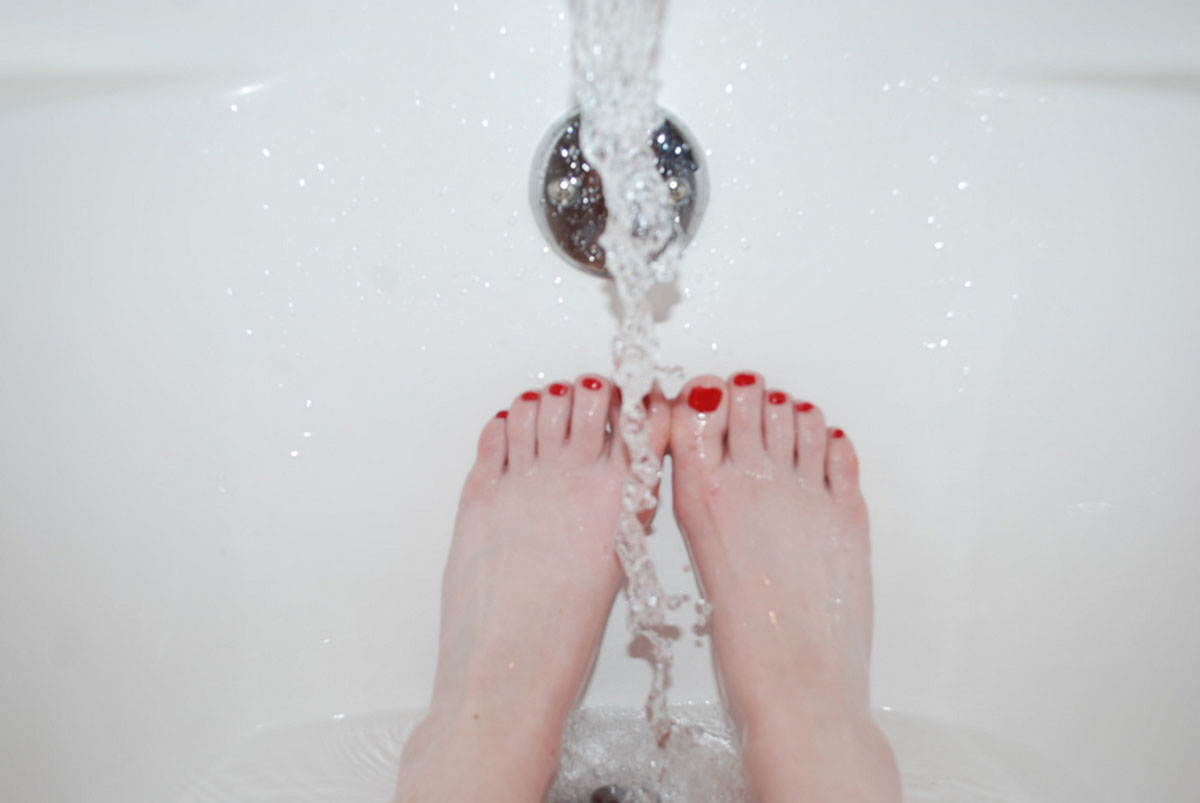Table of Contents
Cold And Immersion Injuries
These types of injuries are often severe, and can be difficult to treat if medical intervention is not sought quickly. A cold injury is due to cooling of the skin. An immersion injury occurs when damage is done to the blood vessels and nerves by exposure to wet or cold conditions for an hour or more.

Frostbite
Frostbite is caused by extreme exposure to cold, more often than not in snow or ice conditions. It is often seen in those who become trapped on mountains in bad weather. It is usually diagnosed purely by appearance.
The whiteness may appear more white-purple or white-yellow. There is no sensation in the parts that are frostbitten, but there may be some tingling during the process of freezing. If they are thawed quickly, it may be painful and uncomfortable. Swelling and blisters eventually appear and the affected tissues turn black as they die.
Frostnip
Frostnip is a less severe form of frostbite. Exposure to cold weather can cause frostnip to areas on the face, toes, fingers and ears. The skin turns pale in color, and can tingle, burn or be painful. Numbness is usually present, but as the affected body parts are warmed up, all symptoms subside and no further treatment is needed.
Immersion Injury
With an immersion injury the affected areas turn red at first. Then the skin pales, and becomes swollen. At this point tingling or numbness is usually experienced. Within a few days, the area may develop blisters, breakdown of the skin, or in severe cases, can even turn to liquid.
Pernio
Exposure to cold for a lengthy period of time can cause a condition called Pernio. This is a rash that can affect the hands, feet, legs, toes or ears. The skin may be either blue or red, and scaly lumps may appear. At its most severe, skin breakdown and blistering may occur, but generally the main symptoms are burning or itching.
Cryoglobulins
These are proteins that can turn into solids or gel-like substances in the blood when cold. Cryoglobulinemia is the medical condition regarding the cryoglobulins in the blood, and exposure to cold can cause the fingers and toes to become a bluish color.
Cold Urticaria
This is probably the mildest cold injury that can take place. It is a response of the skin to the cold, leading to an itchy rash of red bumps, like hives.
Treatment
Disorders like Raynaud’s phenomenon can be treated with medications to help prevent severe attacks. Injuries like frostbite however, need much more intensive treatment. Often the dead tissue needs o be removed, and in some cases, the affected fingers, toes, and other body parts may need to be amputated.
Be careful taking over the counter medications, as some of these can further constrict blood vessels, making you prone to developing cold hands and feet. If the coldness is mild, try warming your feet and hands up by running warm water over them and gently massaging the affected area.
See Also: Urticaria (Hives or Angioedema) info
If however you have had chronically cold hands and feet, see your medical practitioner for advice. If frostbite is apparent or you have been exposed to cold and wet conditions for more than an hour, you should report to your local emergency department for urgent investigation and potential treatment.
- Photo courtesy of kizzzbeth via Flickr: www.flickr.com/photos/31403417@N00/6610183315
- Photo courtesy of LivyAnn via Flickr: www.flickr.com/photos/olivia-townsend/4243857066


Your thoughts on this